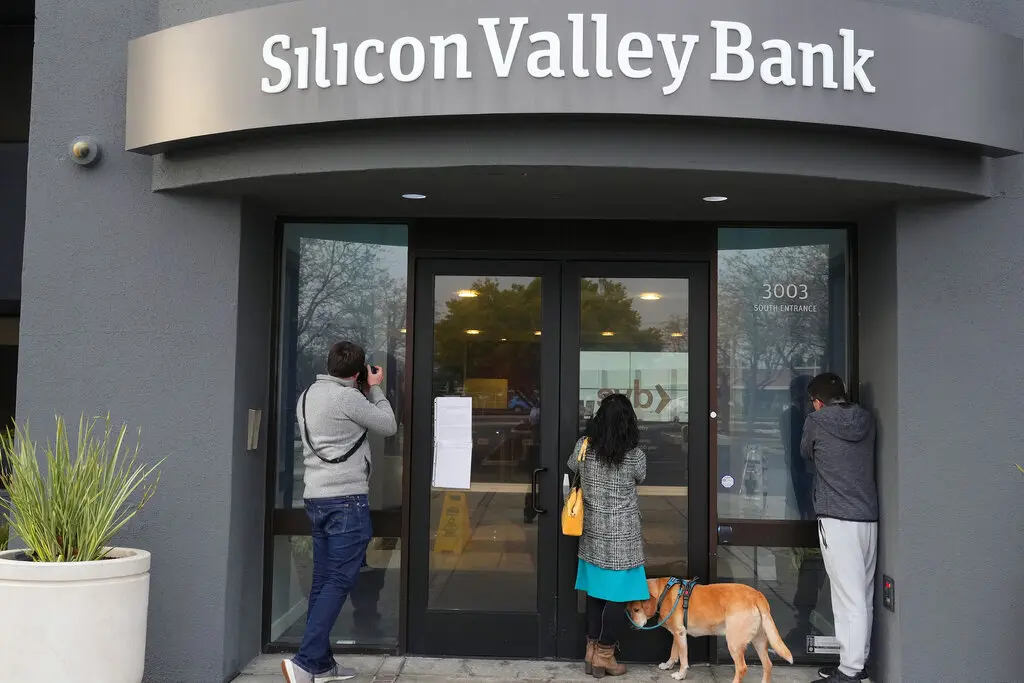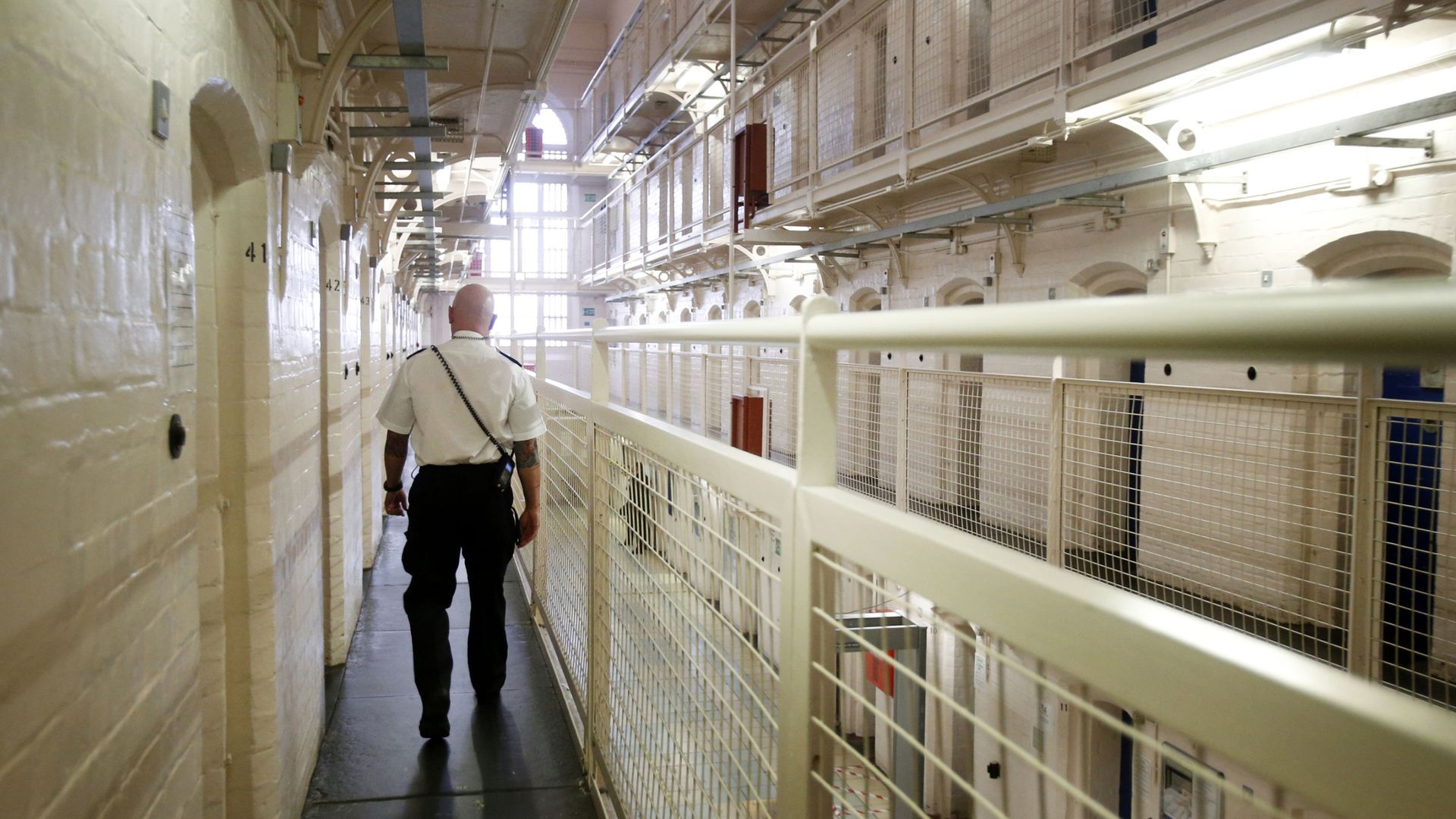Long queues have been observed at Boston Private, a banking service provider, that was recently acquired by Silicon Valley Bank (SVB).
Bank Run At Boston Private Bank?
According to Lawrence Lepard, an investment manager, Boston Private might be currently experiencing a bank run.
As of March 11, there were long queues as depositors looked to withdraw their hard-earned cash.
Shades of 1930’s. This is my bank in Wellesley this morning. Boston Private Bank, recently acquired by Silicon Valley Bank. Ruh, roh. pic.twitter.com/MAD46ozShx
— Lawrence Lepard, "fix the money, fix the world" (@LawrenceLepard) March 10, 2023
In 2021, Boston Private was acquired by SVB for $1 billion.
The collapse of SVB has also put USDC, the stablecoin issued by Circle, a consortium of among other companies, under immense pressure.
At the time of writing on March 11, USDC had de-pegged, trading at $0.96 to the USD.
SVB is one of six banking partners Circle uses for managing around a quarter of its reserves held in cash. While Circle and USDC continue to operate normally, the position of USDC in crypto and the uncertainty surrounding SVB has caused a ripple effect across the market.
The Federal Deposit Insurance Corporation (FDIC) has stepped in and is now the receiver at SVB. This move would likely prevent a much larger crisis in what is considered one of the largest bank failures since 2008.
All assets held in SVB have now been frozen and can only be accessed by insured depositors. However, uninsured depositors will only be gifted a coupon to access part of their money within the next week. With FDIC as the receiver, many of the bank’s employees would not receive their paychecks if they run their payroll through SVB.
The main office and all branches of SVB will reopen on Monday, March 13. The FDIC will pay uninsured depositors an advance dividend within the next week. As the FDIC sells all the bank’s assets, future dividend payments may be made to uninsured depositors.
Silicon Valley Bank Had Billions In Assets And Deposits
As of December 31, 2022, Silicon Valley Bank had approximately $209 billion in total assets and about $175 billion in total deposits. The amount of deposits in excess of the insurance limits is yet to be determined. The number of uninsured deposits will be determined once the FDIC obtains additional information from the bank and its customers.
The collapse of SVB is a reminder that the traditional finance system is also very fragile, showing the importance of diversification between fiat and digital assets. It’s worth knowing that while the FDIC has stepped in, less than 3% of users are insured, meaning that most customers, around 97%, may be left holding the bag.






